Elephant ear plants are known for their huge, heart-shaped leaves that resemble the ears of elephants These tropical beauties can transform any garden with their bold, exotic flair. But did you know there are actually many different types of elephant ear plants? Keep reading to learn all about the various elephant ear varieties and how to grow them successfully.
What Are Elephant Ear Plants?
Elephant ear is a catchall term used to describe plants from several tropical plant genera, including Colocasia, Alocasia, and Xanthosoma. They are native to tropical parts of Asia and the Americas.
While the leaves can vary in size and color, all elephant ears have large, often heart-shaped foliage borne on long, robust stems. The leaves may be solid green or variegated, and some types have striking black, purple, or burgundy tones.
Elephant ear leaves can get really big if they get the right conditions—up to 3 feet long and 2 feet wide! But there are also smaller varieties.
These tropical beauties thrive in warm, humid environments and make excellent container plants. They also add drama to water features and garden beds in zones 9-11.
Main Types of Elephant Ear Plants
There are hundreds of elephant ear varieties but most fall into three main genera
Colocasia
Most elephant ears are this type, which grows in many places. A lot of people grow Colocasia esculenta, which is also known as taro, as a food crop.
Colocasia leaves typically point downward and prefer full sun. They need consistent moisture. Popular varieties include Black Magic, Black Stem, Diamond Head, Hawaiian Punch, and Mojito.
Alocasia
Alocasias are another popular group, better suited to partial shade. The leaves point upward and the plants require well-drained soil. Some popular Alocasia varieties are African Mask, Kris Plant, Black Velvet, and Frydek.
Xanthosoma
This genus contains fewer ornamental varieties. Xanthosomas need very warm conditions to grow, which makes it hard to grow them in the U.S. S. Two attractive choices are Lime Zinger and Lindenii.
Growing Tips for Elephant Ears
-
Depending on the type, elephant ears should be planted in full sun to some shade. Most like at least 6 hours of direct sun.
-
They require warm temperatures, ideally 70-85°F. Consider growing in containers you can move indoors in winter.
-
Rich, moist soil is ideal. Add compost or manure to planting beds. Container plants need frequent watering.
-
Fertilize regularly during the growing season for best results. Time-release fertilizer or monthly liquid feedings work well.
-
Mulch plants to retain soil moisture. This helps prevent wilting.
-
Stake tall varieties if needed. Floppy, damaged leaves detract from the beauty of elephant ears.
-
Divide overcrowded clumps every 2-3 years in spring after new growth emerges.
-
Propagate by dividing rhizomes or tubers. You can also start new plants from cuttings.
Popular Elephant Ear Varieties
Now let’s take a closer look at some of the most popular elephant ear varieties and their specific growing needs:
Colocasia esculenta (Taro)
This fast-growing elephant ear can reach 5-6 feet tall or more. Large, heart-shaped green leaves make a tropical statement in the garden. Provide full sun to partial shade and keep soil consistently moist. Grow as an annual in zones 8-11.
Colocasia ‘Black Magic’
One of the darkest varieties, Black Magic has dramatic bluish-black leaves that contrast beautifully with other colors. Grows 3-5 feet tall. Site in full sun with ample moisture for best leaf color.
Colocasia ‘Mojito’
Variegated foliage in shades of black, blue, and lime green gives Mojito a bold, artistic look. Typically grows 2-3 feet tall. Needs full sun and moist soil. Makes a great container specimen.
Alocasia ‘African Mask’
A popular houseplant, African Mask has huge arrowhead leaves that can reach 2 feet long. Provide bright indirect light indoors along with warm temps and high humidity. Plants grow larger outdoors, reaching 3+ feet tall in zones 10-11.
Alocasia ‘Black Velvet’
One of the most coveted elephant ears, Black Velvet has deep blackish-purple leaves with a velvety sheen. A compact grower under 2 feet tall, so suitable for containers. Give bright indirect light and keep warm (70°F+) and humid.
Alocasia ‘Frydek’
A striking selection with lush green leaves and contrasting white veins radiating from the midrib. Mature size around 3 feet tall and wide. Does best in high humidity. Keep soil evenly moist but not waterlogged.
Alocasia ‘Lime Zinger’
A standout variety with chartreuse yellow heart-shaped leaves on red stems. The glowing colors light up shady garden spots. Grows to about 4 feet tall. Needs warm temps (zone 9-11) and shelter from afternoon sun.
Alocasia ‘Giant Taro’
A true giant, this imposing elephant ear grows up to 15 feet tall with huge 2-3 foot leaves. For outdoor growing only in frost-free climates (zone 9-11). Provides jungle flair near water features and patios. Keep soil wet.
Bringing the Tropics Home
With so many varieties to choose from, there’s an elephant ear to suit any garden. Their dramatic foliage transports you to the tropics. Plant a few different types and you’ll have a lush, exotic display all season long. Just be sure to provide the heat, moisture, and humidity these tropical beauties need to really thrive.
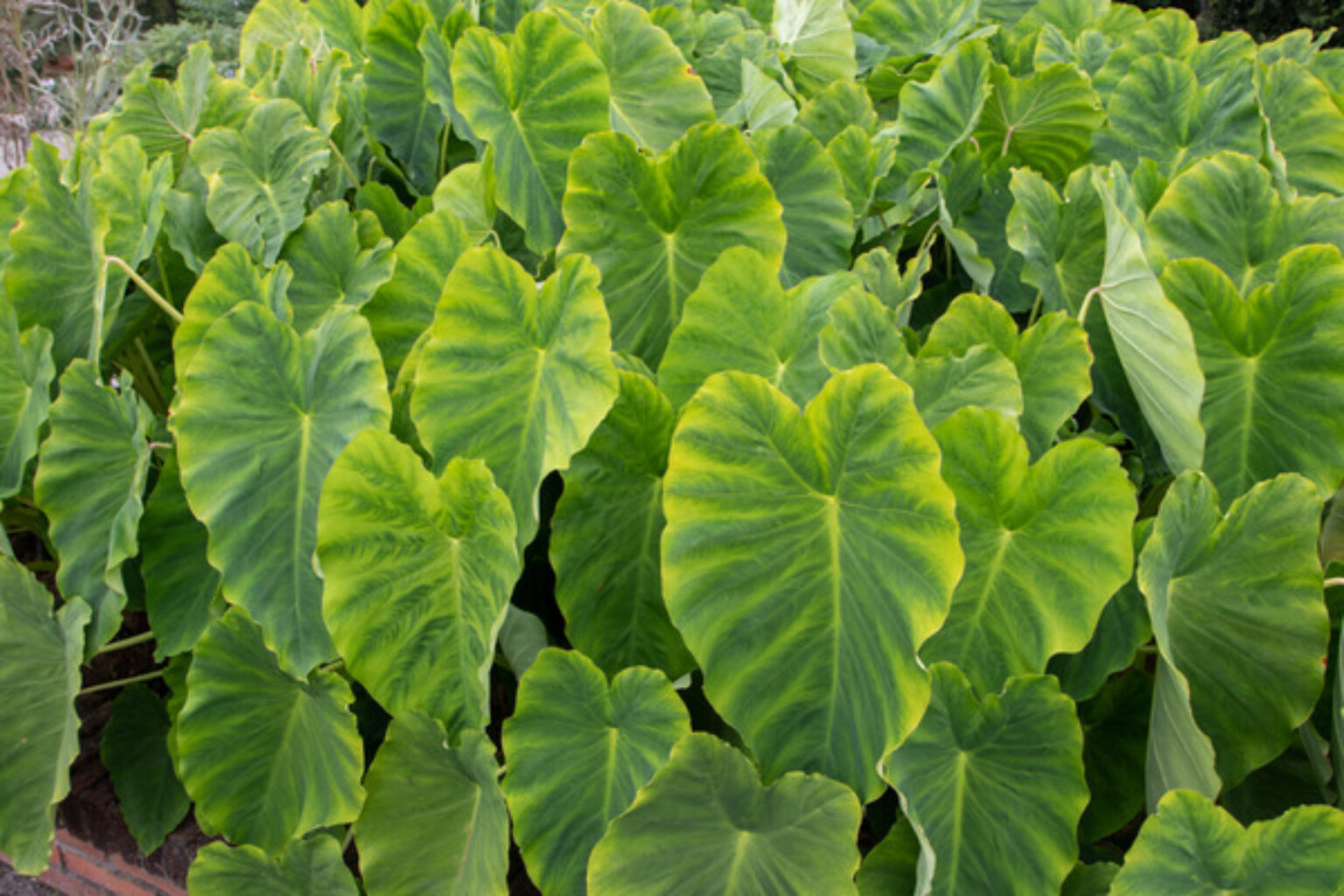
Featured Articles by Season
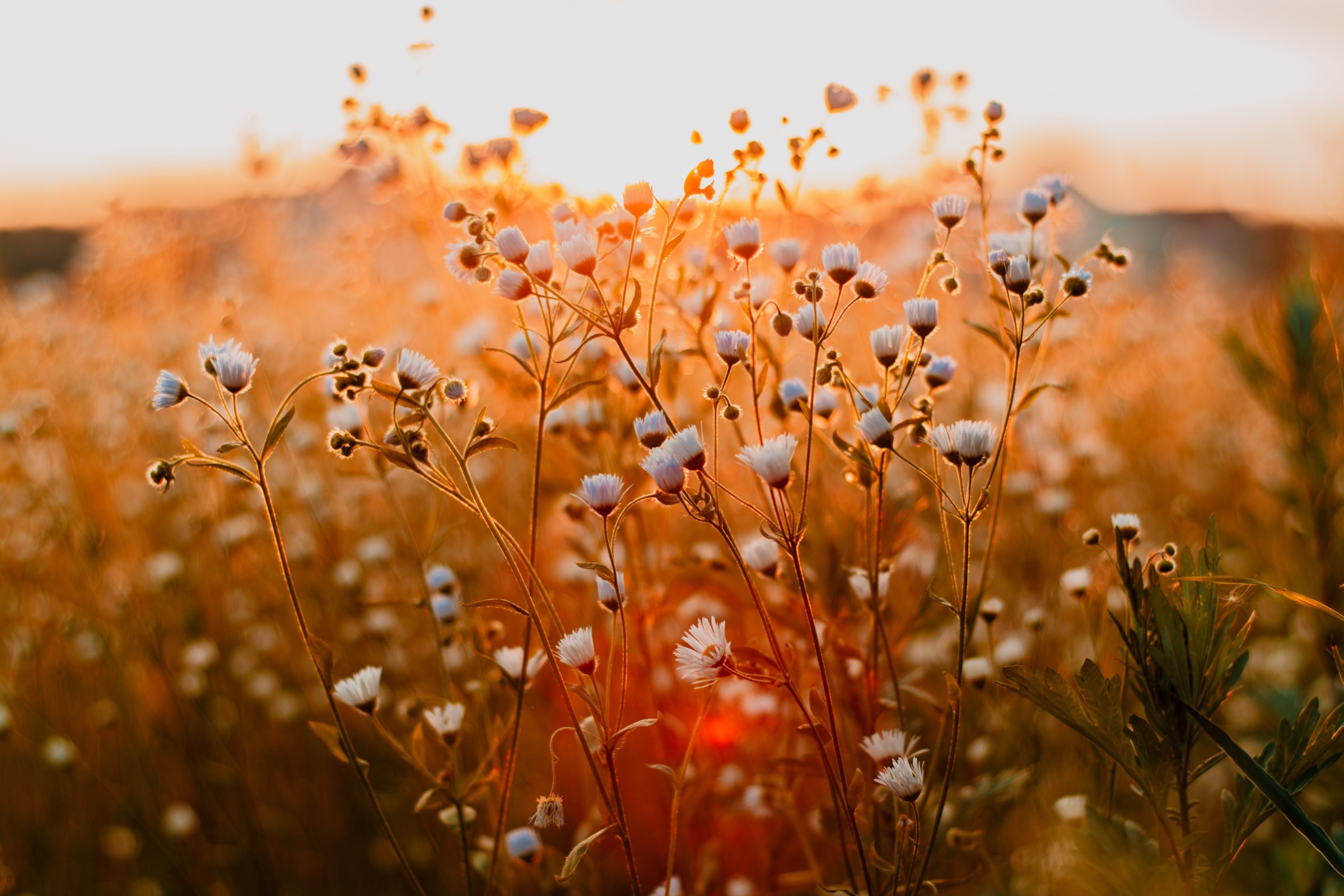
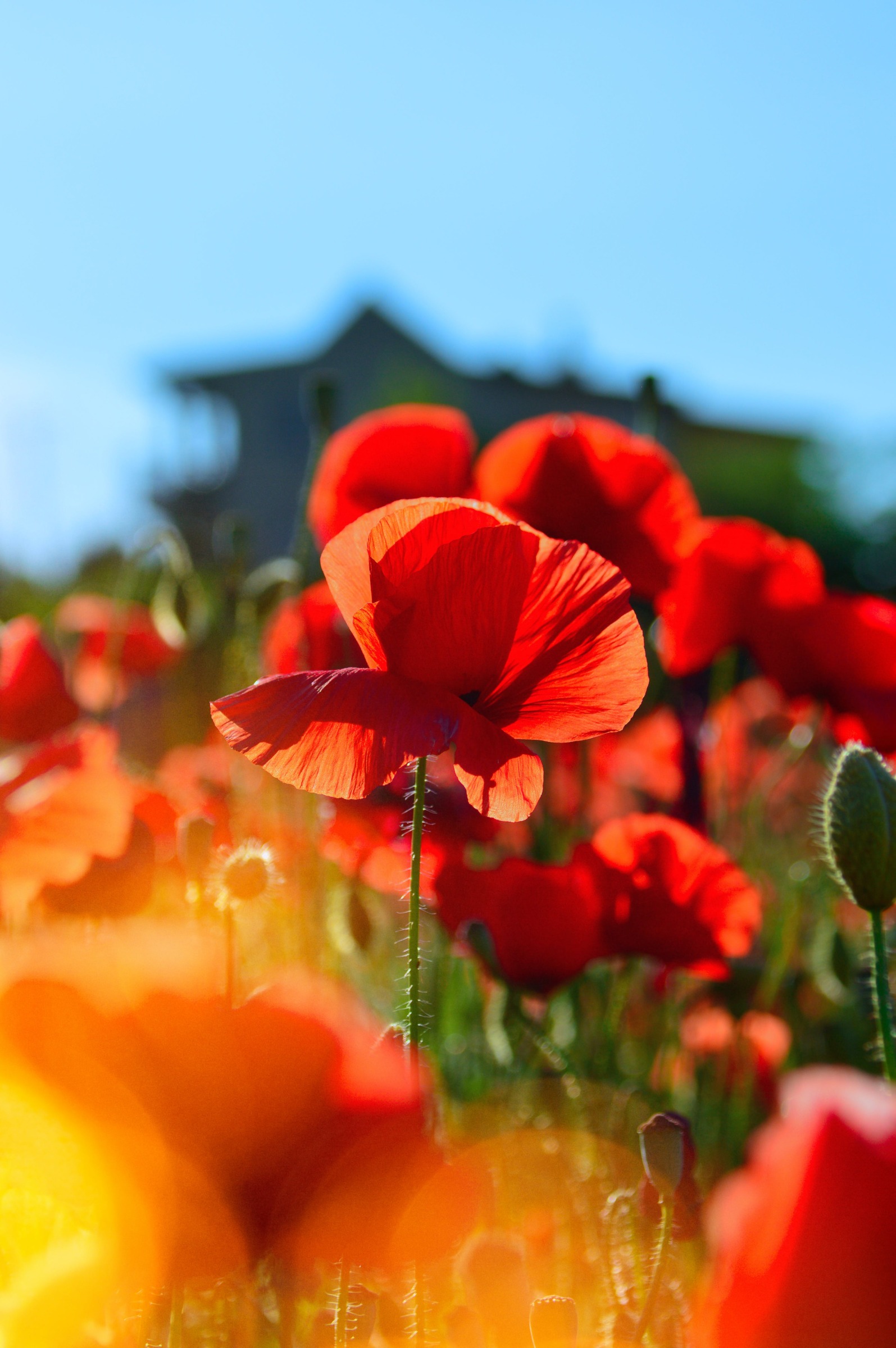
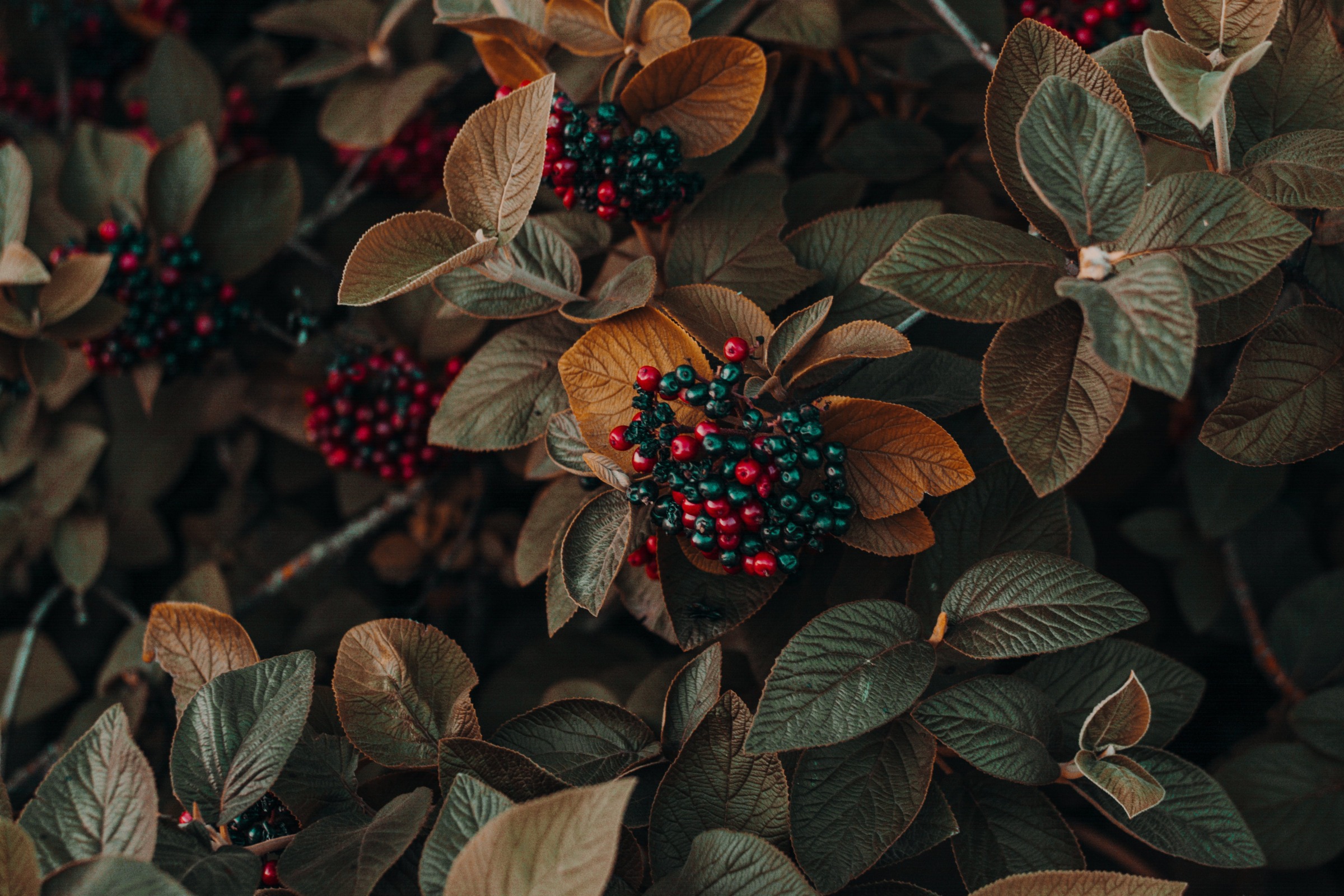
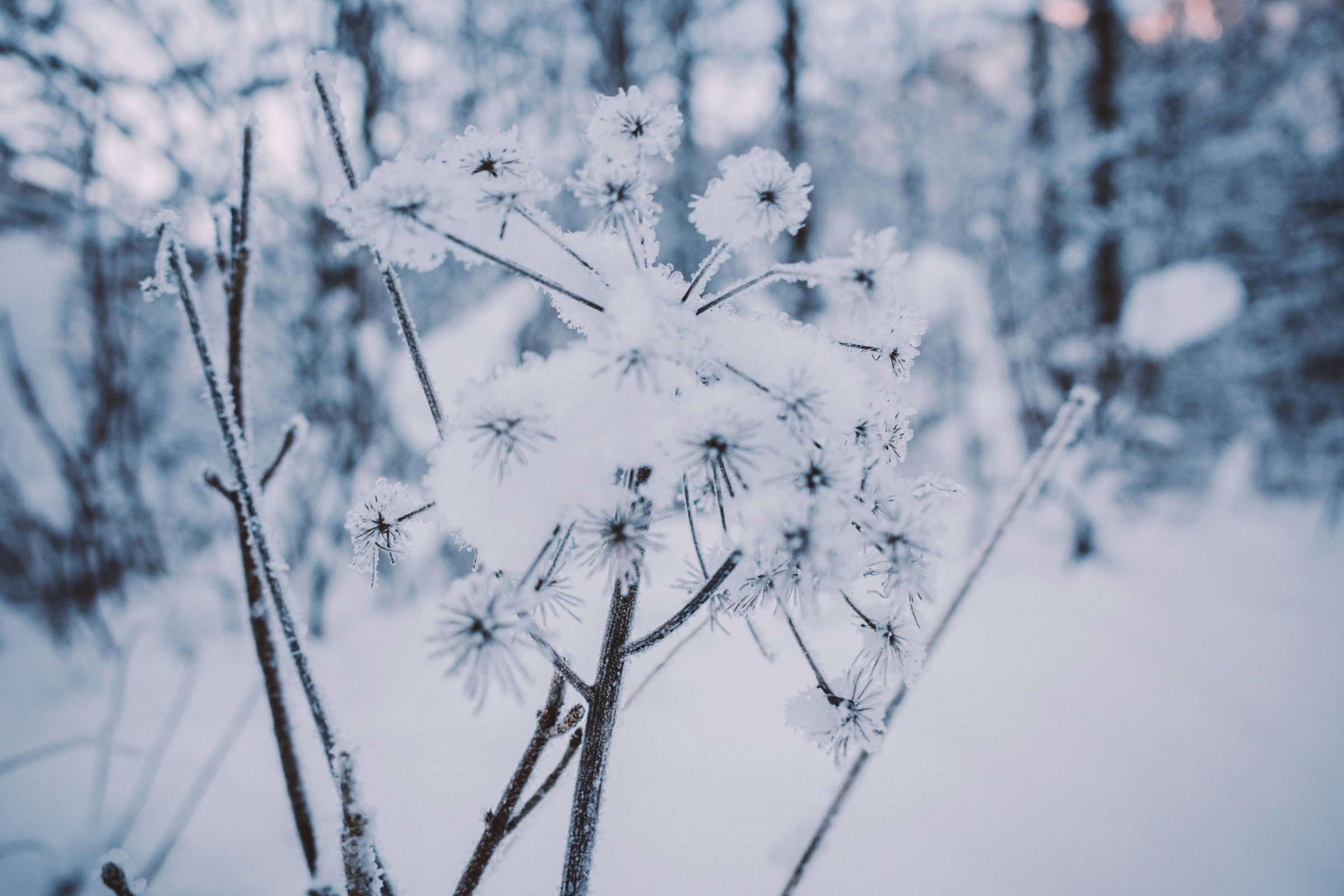
Ask Your Gardening Question
If you’re unable to find the information you need, please submit your gardening question here:
Which is Your Favorite? Alocasia vs Colocasia Elephant Ear Plants | Colocasia vs Alocasia Difference
FAQ
How do I know what type of elephant ear plant I have?
There are two types of elephant ears: alocasias and colocasias. Colocasias display their leaves with tip of the heart pointing down. They prefer full sun and consistent moisture. Alocasias hold the tip of their leaves out or upward and they prefer more well drained soil and a little shade.
What plants are mistaken for elephant ears?
Alocasia, Caladium, and Colocasia, all considered part of the Elephant Ear family, most certainly fall into this category. I like to think of flowers as the icing on a cake.
Do elephant ears like full sun or shade?
-
Garden Designhttps://www.gardendesign.comGrowing Elephant Ear Plants in Your GardenSep 17, 2021 — Can elephant ears grow in full sun? Full sun is not ideal for most—they grow best in bright but indirect sunlight. Too much sunlight can burn the le…
-
Wisconsin Horticulturehttps://hort.extension.wisc.eduElephant Ears (Colocasia, Alocasia, and Xanthosoma)Many types of elephant ears can be grown in partial shade, but the darker colored varieties are best grown in full sun. All need rich, moist soil and nearly all…
-
American Meadowshttps://www.americanmeadows.comAll About Elephant Ears – American MeadowsIn terms of light, elephant ears almost uniformly need full to partial sun. A few varieties can handle more shade. Check the plant descriptions when shopping. W…
-
Plant Delights Nurseryhttps://www.plantdelights.comCreate a Zoo in Your Garden With Elephant EarsMar 6, 2023 — Sun: Elephant ears prefer partial shade to full shade. They can tolerate some direct sunlight in the morning or late afternoon, but direct sunlight d…
-
gardenia.nethttps://www.gardenia.netLearn How To Plant, Care and Grow Splendid Elephant Ears2. Select The Right Site * Elephant Ears thrive in organically rich, uniformly moist soils. Never allow their soil to dry out, especially in summer. Most can b…
-
K. van Bourgondienhttps://www.dutchbulbs.comElephant Ears – Colocasia & Alocasia | K. van BourgondienElephant Ears are perfect for areas of your landscape with speckled sunlight or partial shade. … They make a statement whether planted in the ground or in pat…
-
The Sprucehttps://www.thespruce.comHow to Grow and Care for Elephant Ear Plants – The SpruceMar 11, 2025 — Elephant Ear Tips for Beginners * Where to Put It: Although elephant ears tolerate full sun, they thrive in partial shade or dappled sun, either in…
What do you do if you touch an elephant ear plant?
Home Care. Wipe out the mouth with a cold, wet cloth. Wash off any plant sap on the skin. Rinse out the eyes. Nov 2, 2023.
What are elephant ear plants?
When it comes to houseplants, elephant ear plants, also known as Alocasia spp, make a tropical statement in any living space with large leaves reminiscent of, you guessed it, Dumbo’s ears.
Are elephant ears perennial?
Elephant ears have huge heart shaped leaves. They are known for their foliage and come in a variety of colors from dark maroon to chartreuse. They are planted as tubers and are perennial in mild climates. If you live where the ground freezes, you can dig up the tubers each year, store them somewhere cool and dark and replant them in the spring.
How many types of elephant ear plants are there?
In all, there are roughly 90 different species and cultivars of the tropical plants to choose from, with elephant ear plants ranging from blue-gray to burgundy. Elephant ear plants are popular because of their unique look and tropical feel. Berg says they’re also great at cleaning the air in your home.
